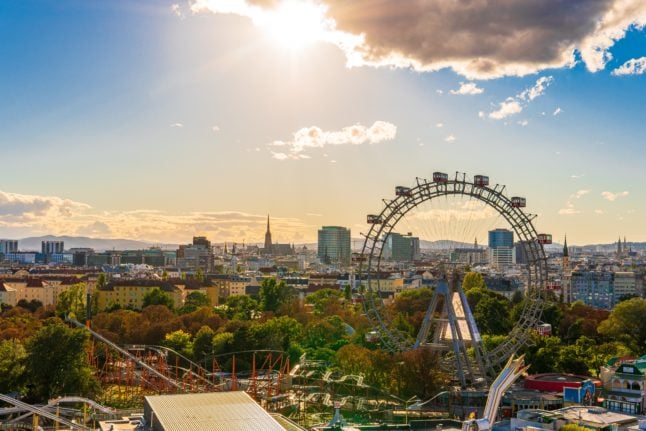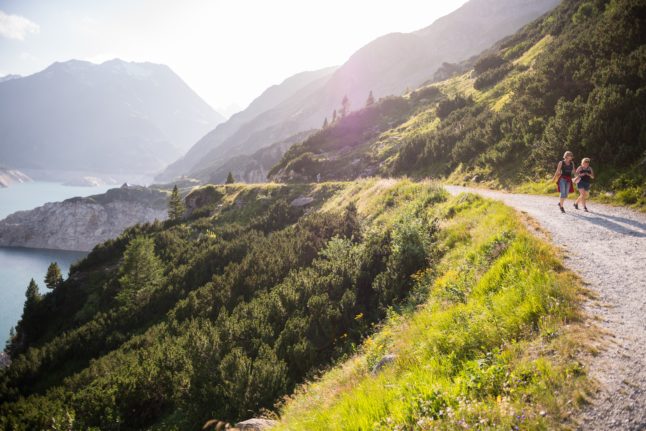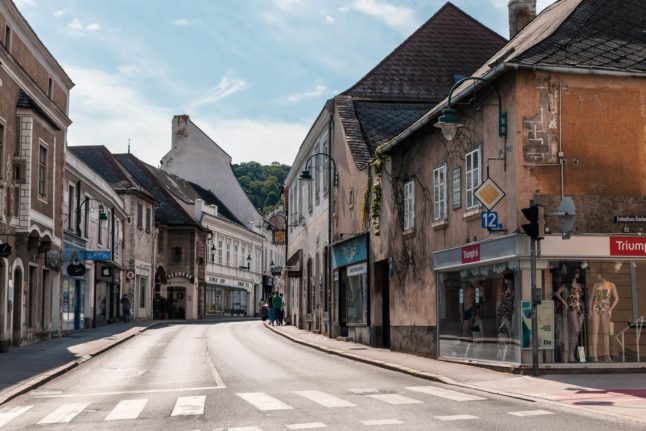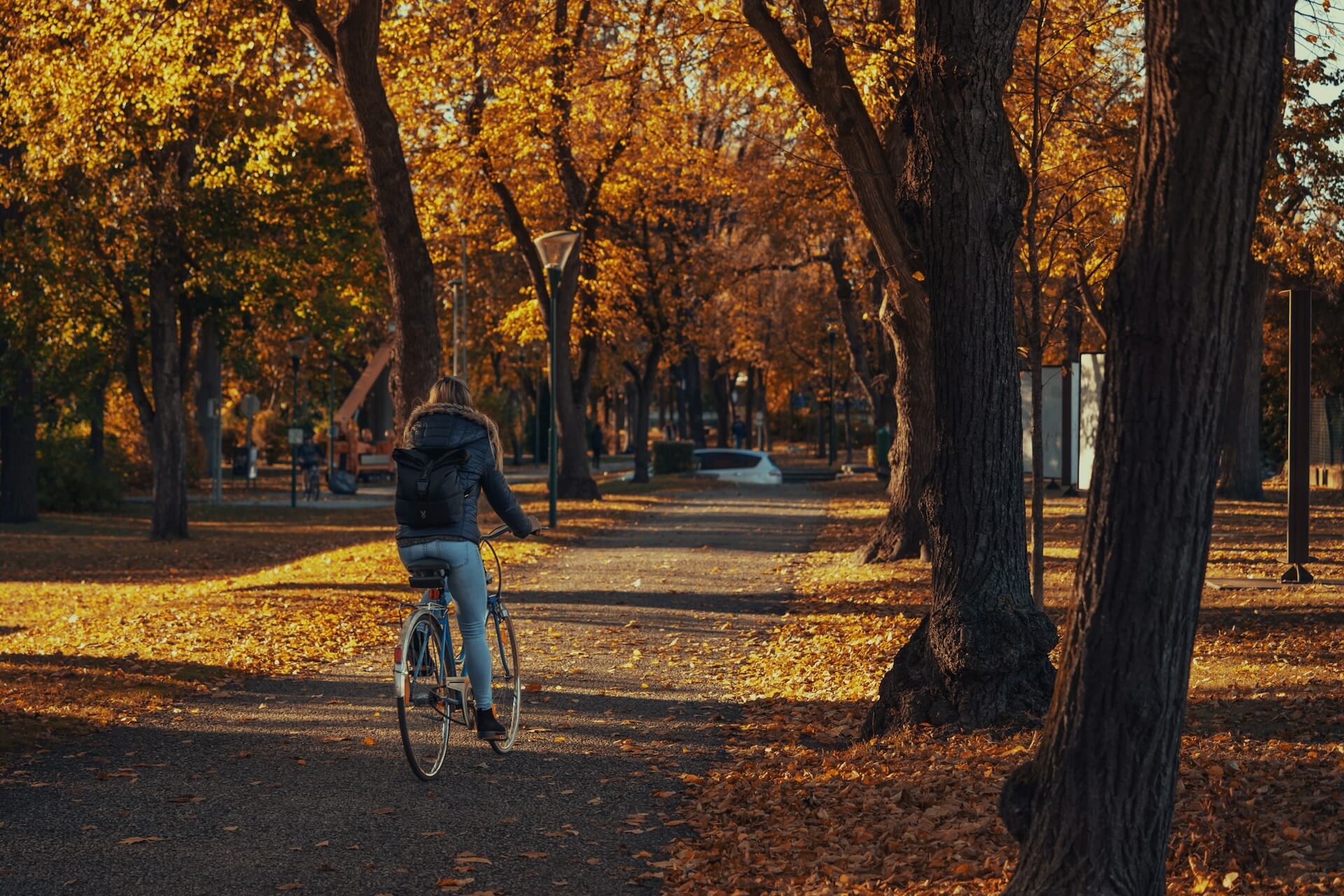Summer is (almost) coming up, and those few hot months are a perfect opportunity for many people to get a seasonal job and earn some extra cash.
Austria’s economy is heavily based on tourism. But even though the winter resorts and sports are what the alpine country is most well-known for, the summer months are also hectic in the tourism and gastronomy sectors.
The demand for seasonal workers usually is high but has increased even more in the last few years.
The pandemic widened the gap, as the sector was hardly hit by lockdowns and changes in consumer behaviour. With coronavirus restrictions, the field lost some of its attraction.
A summer without coronavirus restrictions
However, Austria will see another summer with no coronavirus restrictions.
In 2021, even with some restrictions still in place, the sector saw a recovery compared to 2020 but was still not at pre-pandemic levels, according to Statistik Austria.
Still, the May to October season had more than 66 million overnight stays, with almost half of them (42.7 per cent) coming from Germany.
From imperial cities to lakes and mountains, Austria has no shortage of offers during summer. As travelling heats up again, the sector is desperately looking for workers.

Where can I find summer jobs in Austria?
The capital is undoubtedly where most visitors come, according to Statistik Austria. However, it is also where many establishments have a year-round crew, and seasonal work might not be as easy to find.
It is far from impossible, though, and it is worth the search if you have your eyes set on Vienna.
READ ALSO: One day in Vienna: How to spend 24 hours in the Austrian capital
However, other major Austrian cities also have openings, most notably the touristic towns of and around Innsbruck and Salzburg. Of course, the mountainous region of Austria might be most famous for its ski slopes. Still, they also offer breathtaking summer views, cool and beautiful alpine lakes, and numerous hiking trails.
Plus excellent hotels for people to stay in and great Austrian restaurants – all looking for employees.
What types of jobs are available?
There are many job openings to skim through, but most will be the most traditional service work in tourism and gastronomy: waitressing, housekeeping, cooking, and reception.
If you look outside of Vienna, several professions in the tourism and gastronomy sector are included in Austria’s list of shortage occupations.
READ ALSO: How Austria is making it easier for non-EU workers to get residence permits
Those include some surprising ones like department store sales clerks, waiters and waitresses, masseuses, and others. If you don’t have a right to work in Austria (non-EU citizens without a work permit, for example), being skilled in a shortage occupation makes it easier to be hired and get a residence permit.
Most of these jobs will require a certain level of German, especially since Germans are an overwhelming part of tourists entering Austria. However, the high demand for workers might help those who do not speak the language yet, especially for positions that don’t require much customer interaction.
READ ALSO: Austria: Six German expressions to entice your Wanderlust
Another popular job for summer is instructor, or caretaker, in summer camps. As many of them are bilingual or in English, German is not usually a mandatory language – there are also positions for English teachers, especially in camps and schools with summer courses.
Where can I find these jobs?
As with most industries and professions, searching online is usually the first step in finding a summer job in Austria.
Outside of known employment platforms such as Glassdoor and LinkedIn, Austria’s Karriere.at might be a good place to look.
READ ALSO: Six official websites to know if you’re planning to work in Austria
Hogastjob is also a local platform with plenty of seasonal offers in Austria, Germany and Italy (South Tyrol region).
Another approach is to contact resorts or hotels directly to find out when they are hiring for the summer season and the types of roles that will be available – they should also have a job vacancies page on official websites that you can check.
Or get in touch with friends that have previously worked in the summer season in Austria and ask for a recommendation.








 Please whitelist us to continue reading.
Please whitelist us to continue reading.
Member comments